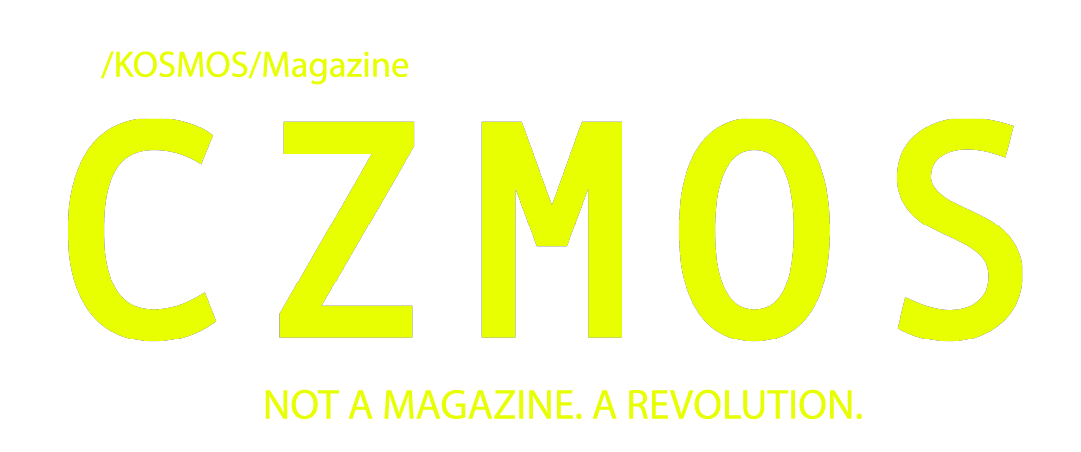5 Design Exhibitions Not to Miss in 2025
- Valentina Bonin

- Sep 9
- 2 min read
From Made in Italy to the MoMA’s game changers, passing through sustainability, materials, and everyday rituals: a year of design to experience across Milan, New York, London, and beyond.
Design in 2025 goes beyond presenting beautiful or functional objects: it tells stories, traditions, conflicts, and dreams. Museums and institutions in Italy and abroad offer a packed calendar of exhibitions capable of questioning the present and projecting future scenarios. From reflections on coffee as an identity ritual, to experiments with solar energy, and the revival of Shaker aesthetics, these exhibitions provide a wide-ranging look at design’s power to shape society.
Here are the events to mark on your calendar.
May 13 – November 9, 2025
A key event of the year: the 24th International Exhibition of the Triennale tackles the theme of inequalities through an interdisciplinary approach that combines design, art, and research. Photographs, installations, and projects explore the economic and social fractures of our time, opening up new perspectives for dialogue.

June 7 – September 28, 2025
Minimalism, spirituality, and functionality: the Shaker furniture tradition comes alive in dialogue with contemporary design. The exhibition investigates the influence of this radical aesthetic on modernism and today’s trends.

March 21 – September 21, 2025
The second edition of the Solar Biennale lands in Switzerland with a focus on creativity powered by the sun. Installations and multimedia works reveal how solar energy can become an aesthetic and design raw material.

May 25 – September 28, 2025
The brick as a narrative material. Tradition and innovation meet in the experiments of over fifty designers who reinvent one of architecture’s most fundamental elements.

January 26 – October 18, 2025
Post-It notes, personal computers, the I ❤️ NY logo: objects that changed the history of design. Curated by Paola Antonelli, the exhibition stages the moments when lateral thinking rewrote the way we live.

Conclusion
2025 confirms that design is not just about aesthetics or innovation, but a prism through which to read society. Visiting these exhibitions means crossing different eras and geographies, between memory and the future, to rediscover once again that design is, above all, a way of thinking about the world.





Comments